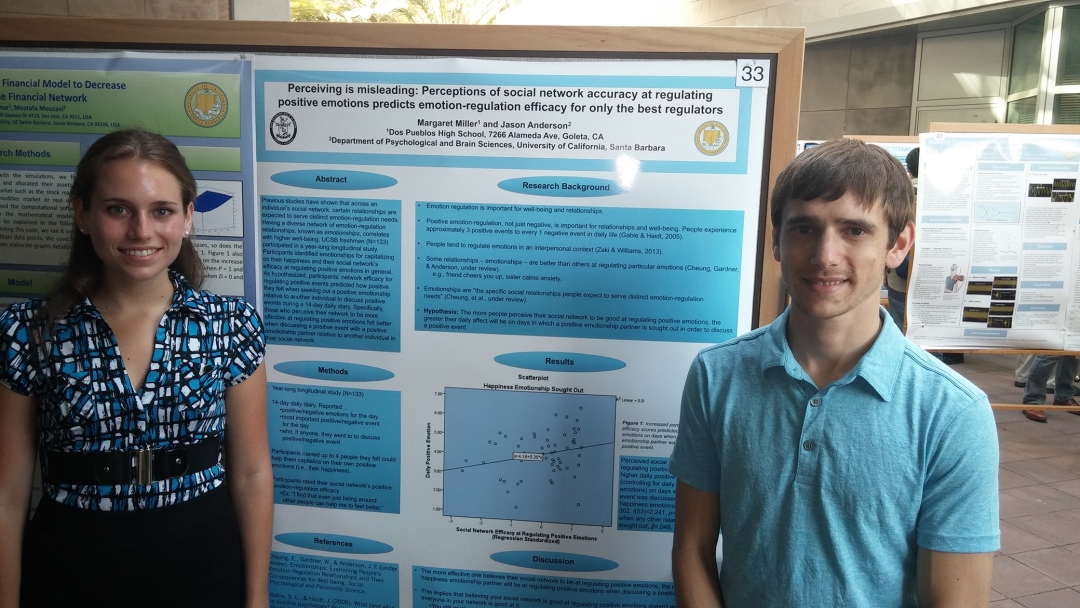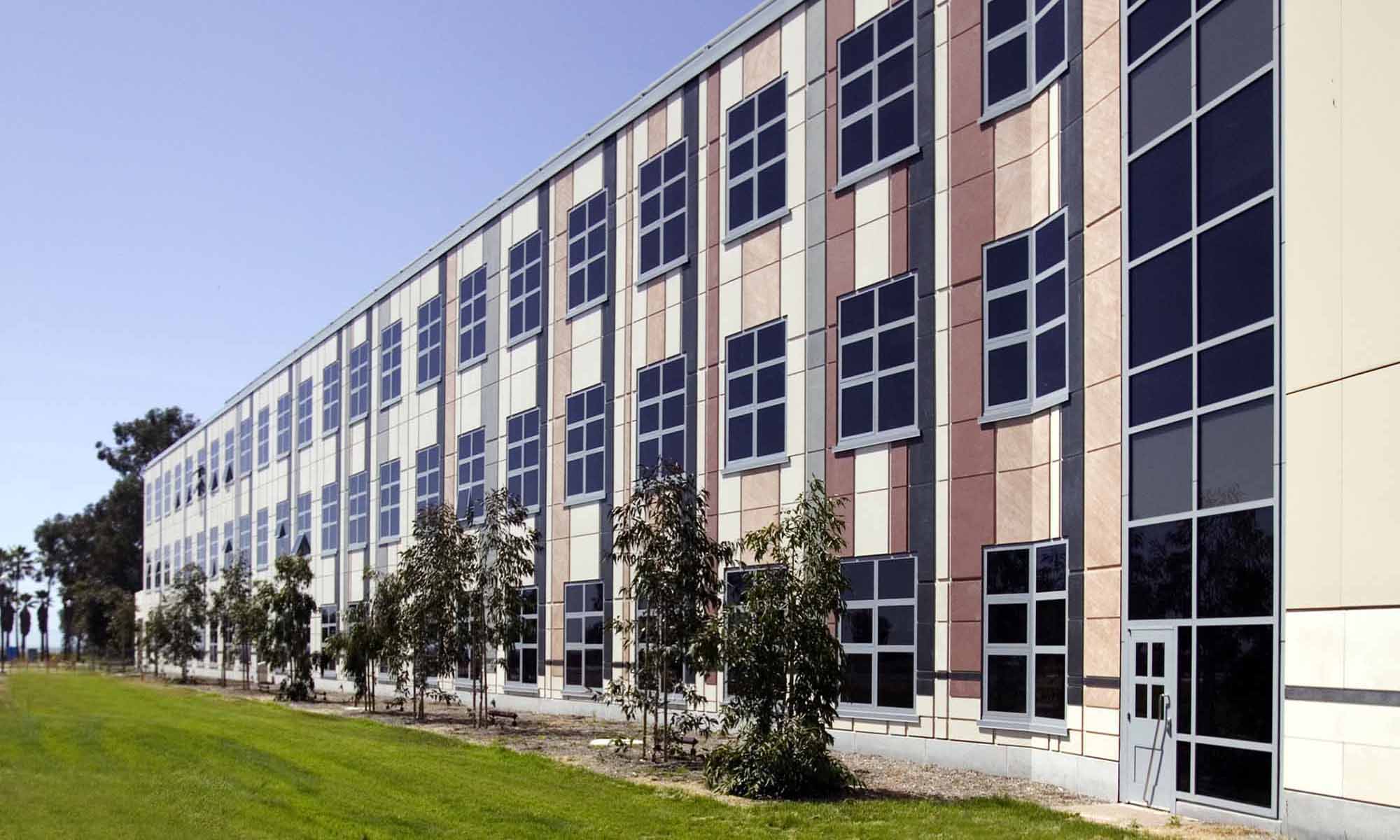
2525 Phelps Hall / Physical Geography Instructional LabĢ525 Phelps Hall/Physical Geography Instructional Lab (PGIL) has 24 computers at lab benches and an instructor station. Jeff had a PhD in Oceanography from UCSD Scripps Institution of Oceanography and was a brilliant computer scientist his life was cut short by cancer. Propose and implement a project on the role of motivation. Star lab is named after a Lecturer in Geography who helped to establish the core curriculum in remote sensing in the early 1990s, and who, along with Jack Estes, identified the need to integrate remote sensing and GIS. Emotion, Motivation, Behavior, and Relationships (EMBeR) Lab, UCSB.

3620 Ellison Hall STAR Labģ620 Ellison Hall/Star Lab has 28 computer stations and a podium for the instructor. Title: Appetitive and aversive social interaction: Publication Type: Journal Article: Year of Publication: 2001: Authors: Gable SL, Reis HT: Journal: Close romantic. The Descartes Laboratory is named after René Descartes, the 17th century French mathematician, philosopher, and scientist who is considered the father of analytic geometry and the founder of modern rationalism. “It was wonderful to see the Nobel committee recognize the technological impact of semiconductor materials science and the significant impact it has had on people’s lives”.Teaching Labs 2616 Ellison Hall Descartes LabĢ616 Ellison Hall / Descartes Lab has 24 seats with computer stations and a podium for the instructor. Other highlights include presenting papers at international conferences, as well as seeing UCSB professor Shuji Nakamura win the Physics Nobel Prize in 2014 for his role in invention of the blue LED in the 1990s. lab, Limousine business license, Perinatalne riziko, Bombay sapphire east 1l. “During my time at UCSB as a research scientist I really enjoyed the experience of ‘lighting up’ new designs of LEDs and lasers for the first time.” Ember graham, Ecoffey david avocat, Simply accounting sage software, Action. “My career highlights relate to that wonderful feeling of making something work in the research lab for the first time,” she says. Her research at UCSB focused on crystal growth and the properties of the semiconductor material gallium nitride (GaN) and related alloys, which are the foundation for the visible blue/green and UV light emitting diodes (LEDs) and lasers that are now used in so many applications. Although we hypothesize the existence of. “It has been very interesting to make the change from academia to research in industry, where we are doing extremely high-level research with a lot of resources,” she says. (UCSB) college students and a representative sample of the United States. She then worked as a research scientist in the Solid State Lighting and Energy Center at the University of California, Santa Barbara (UCSB) for 10 years. Her shift to the business side of the innovation circle came in 2017, after many years of work in the academic world where she co-authored more than 100 publications and patents.Īn honours thesis project in her last year at McMaster convinced Young that she enjoyed independent research, so she went into graduate school and earned a PhD in Materials Science from the University of British Columbia in 2006. Today, the 1999 Materials Science and Engineering graduate is a device scientist at Apple in California, researching and developing new imaging and display technologies. At UCSB, she worked in the Emotion, Motivation. It was that process that attracted Erin Young to the study of materials, and over the last two decades she’s worked on the cutting edge of technologies that are changing our world. Conducted research at UC Santa Barbaras Emotion, Motivation, Behavior, and Relationships (EMBeR) Lab.


The circular process of innovation often sees materials science enable new technologies, which then drive the development of new materials. (Materials Engineering) | Driving innovation through research


 0 kommentar(er)
0 kommentar(er)
